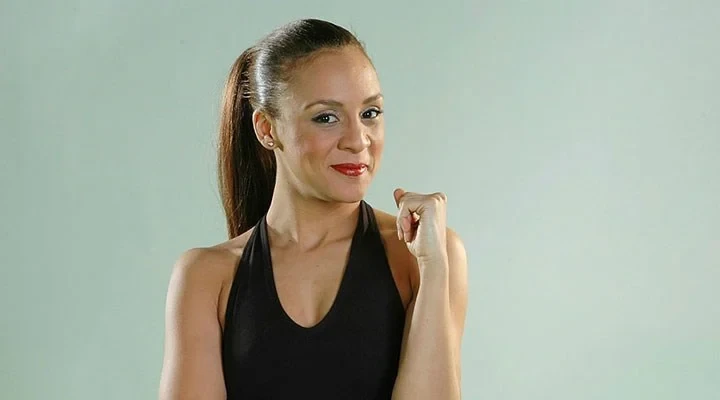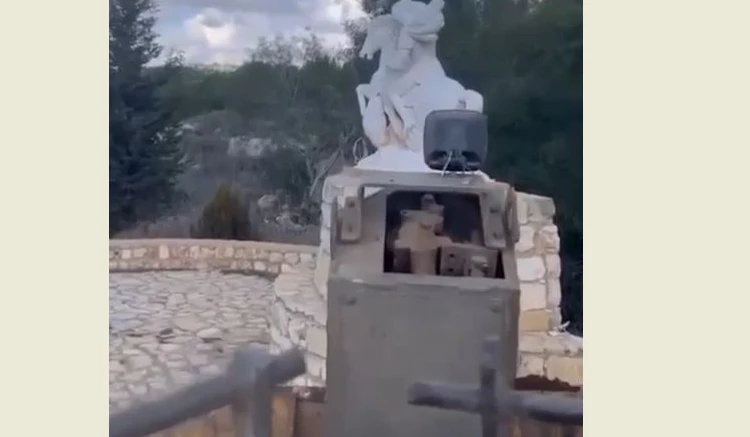Turkish micro-artist shrinks canvases for miniature Ottoman sultan portraits
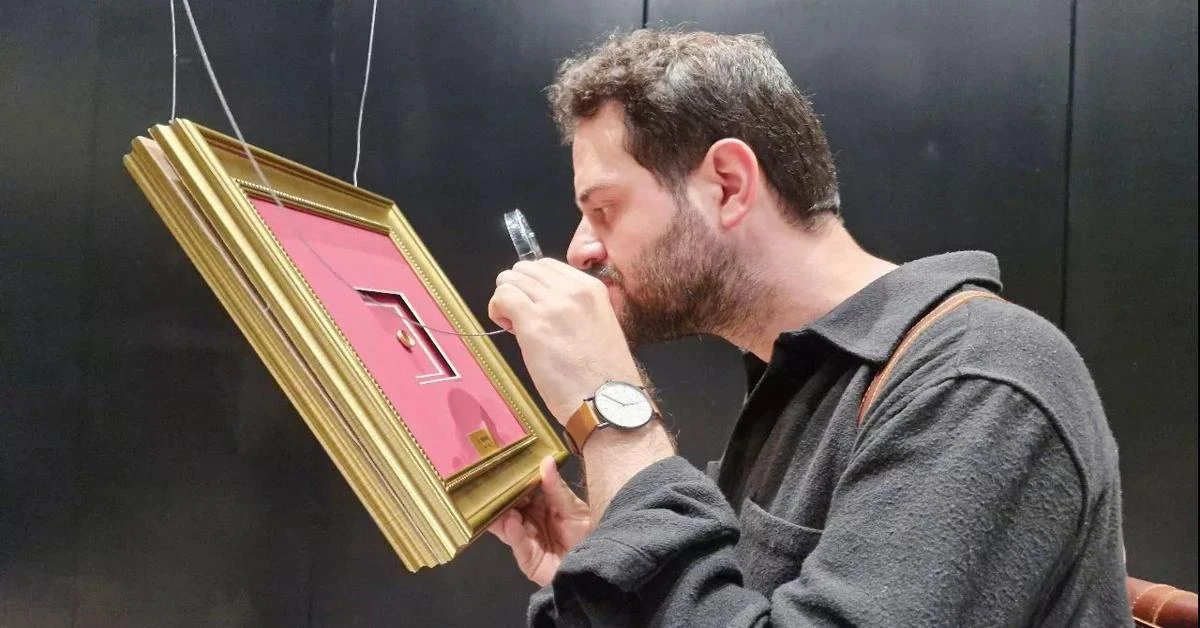
Micro-artist Murat Ucar’s miniature works on millimeter-sized canvases and jewelry not only showcase intricate details but also invite viewers to delve deeper into art by urging them to ‘look closely’
EXCLUSIVE BY MURAT OZTEKIN — Murat Ucar isn’t your typical artist. He works in a world invisible to the naked eye, crafting intricate works of art on minuscule canvases. Clocks, jewelry, even single grains of rice – Ucar transforms these everyday objects into breathtaking masterpieces, all within the space of millimeters.
He has even created miniature works for some of the world’s most prominent figures, including former U.S. presidents Donald Trump and Barack Obama, Russian leader Vladimir Putin and the pope.
But to truly appreciate Ucar’s artistry, you’ll need a magnifying glass. Each piece tells “another story,” a hidden narrative waiting to be discovered by the curious eye.
Nowadays, the acclaimed artist is captivating Istanbul with his latest exhibition, “Great Rulers, Micro Details,” at the Atatruk Culture Center. We met with him and listened to his extraordinary art story.
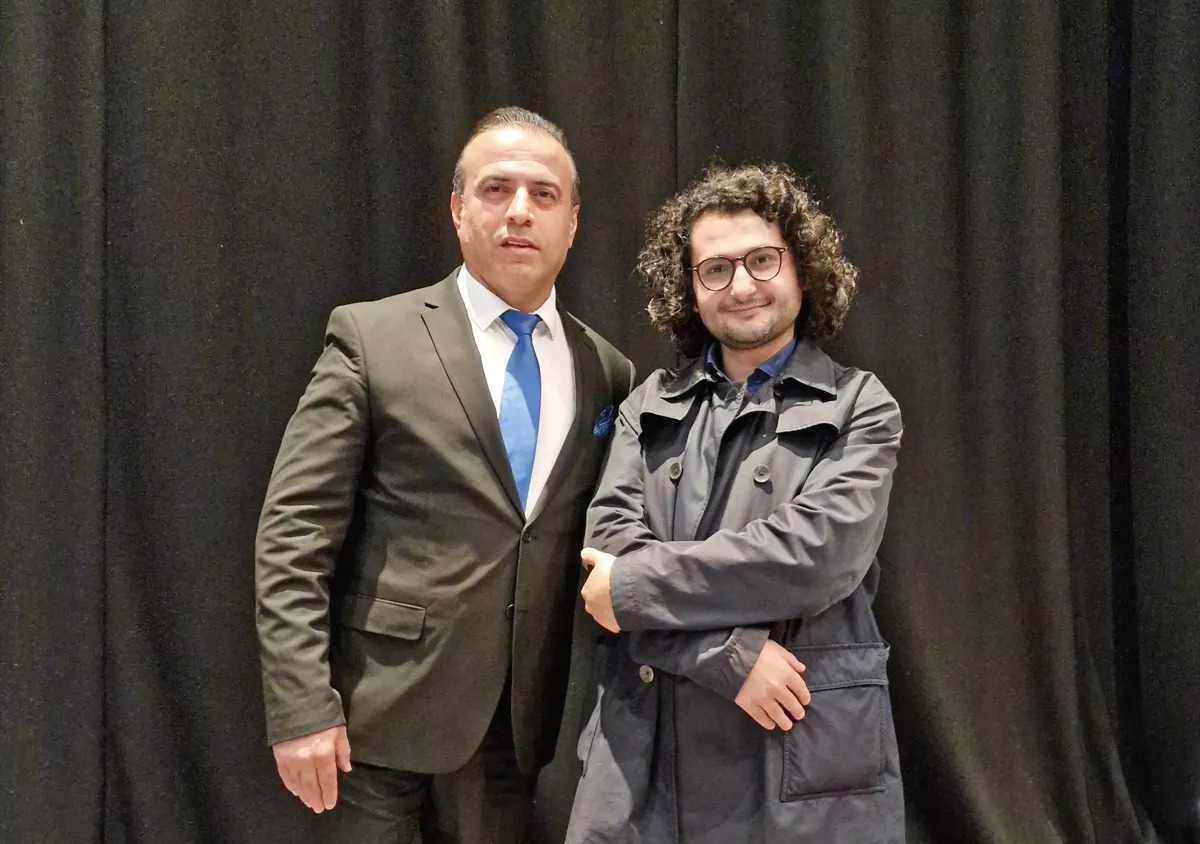
He started with jewelry
Micro art is a relatively less practiced art form in Türkiye compared to others. How did your journey with this form of art begin?
I have been painting since I was about 4 years old, and I met micro art 20 years ago. Actually, as an artist, I set out by saying “What’s the difference between me and others?” and wrote a different story. For years, I made artistic accessories such as jewelry and watches. I drew pictures inside these objects. Now I want to bring this to a wide audience through exhibitions.
Your art style, micro art, is quite unique. What drew you to such a detailed and intricate medium?
By saying “Look closely at art,” I want to encourage viewers to slow down and appreciate the finer details. In today’s fast-paced world, it’s easy to miss the smaller things. Micro art reminds us that important things can come in very small packages. Just like with details in life, they shouldn’t be overlooked.
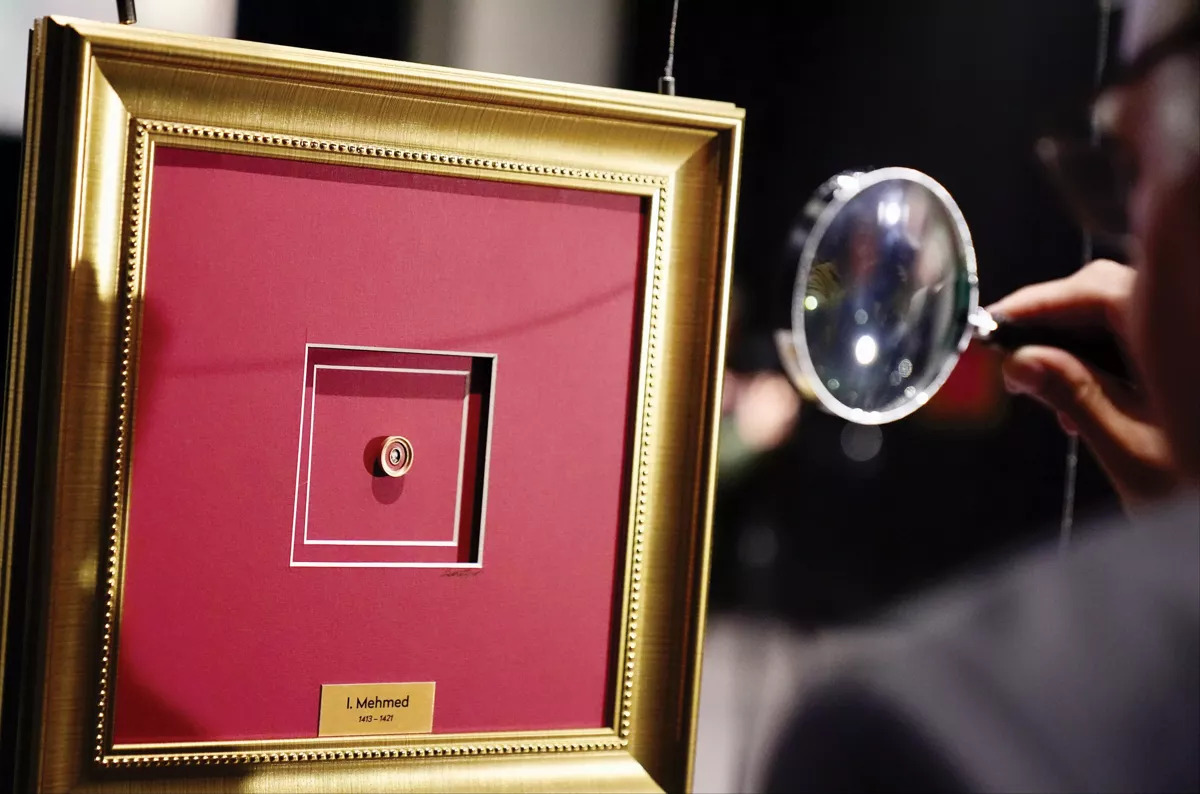
He doesn’t normally use a magnifying glass
How do you create your works in this art?
It might surprise some, but I don’t rely on a single bristle brush. Instead, I work with very fine brushes that prioritize precision over size. Interestingly, a magnifying glass isn’t always necessary for my process. When I create micro art on jewelry, for example, I can usually manage without it. However, for the intricate details of the Ottoman sultans in my current exhibition, I found a magnifying glass to be invaluable. It’s important to note that viewers will also need a magnifying glass to fully appreciate the details in these pieces.
You work very delicately. Does eye strain ever pose a challenge for you?
Working on such a small scale definitely pushes the limits of my eyes. When a piece is finished, for a while afterward, I see everyone around me in quadruple. It happened quite a bit while I was painting the sultans.
Why is micro art special? What do you feel while making this art?
Micro art isn’t the most popular style. I always tell my students, “create something so remarkable that even Leonardo da Vinci would say ‘wow!'” That’s the kind of impact I hope my art leaves on viewers. It’s especially important now, in this age of digitalization and AI in art. But AI can not replicate the soul and human touch that goes into every piece.
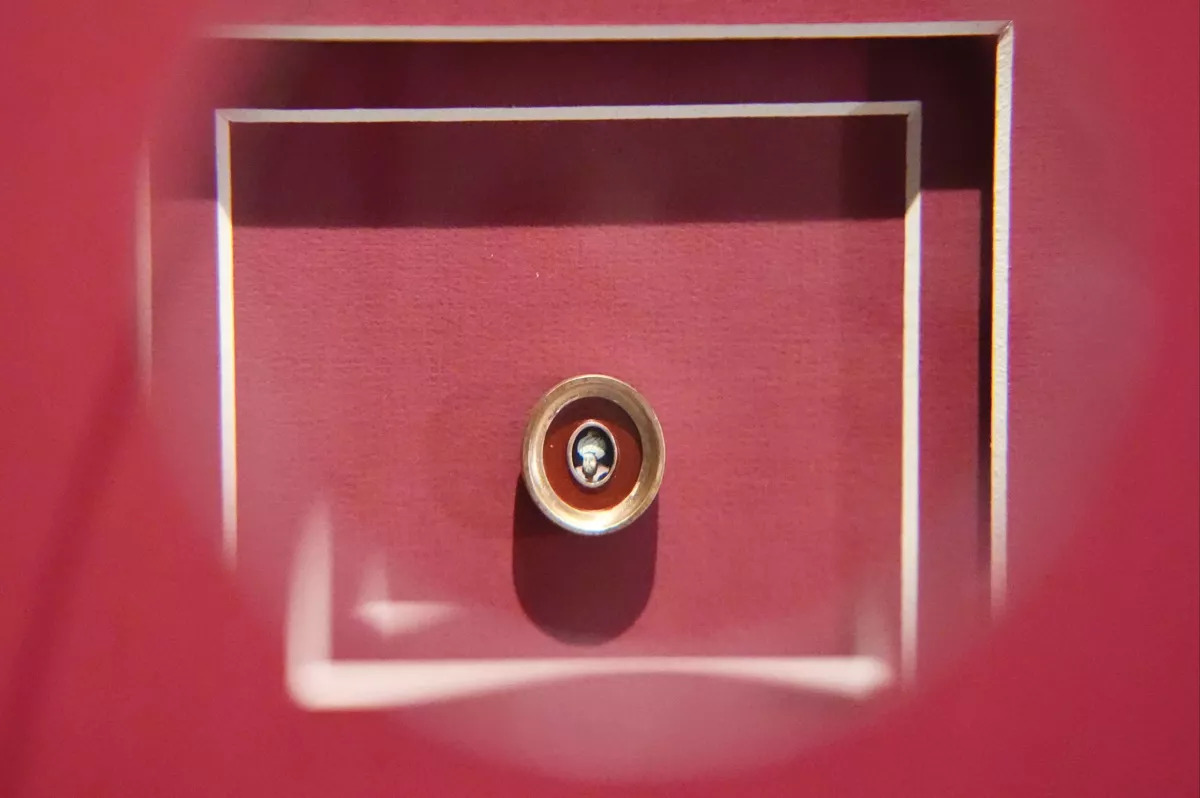
Moment of silence for sultans
Why did you choose the majestic sultans as your subject for this exhibition?
Of course, I didn’t do it for irony or any other purpose. I am a micro artist; big works cannot be expected of me. In fact, if we look closely many Ottoman sultans were patrons and practitioners of the arts, some even calligraphers, painters, and poets. This exhibition is a homage to their artistic legacy and our rich history.
Interestingly, the size of these works is not random. The 5×7 millimeter canvas represents 1% of the size of Leonardo da Vinci’s “Mona Lisa,” a globally recognized masterpiece. The 36×36 millimeter frames further hold a special meaning – they subtly reference the number of Ottoman sultans who ruled throughout history.
Which visual sources did you use to depict sultans?
Some Ottoman rulers have more than one picture. I focused on the most iconic representations of each sultan, drawing inspiration from paintings and historical miniatures. All of the works are special.
Each piece holds a special place in the exhibition; however, Sultan Mehmed’s portrait by Bellin holds a particular significance. This painting is widely recognized so I felt compelled to work on it on more detail.


